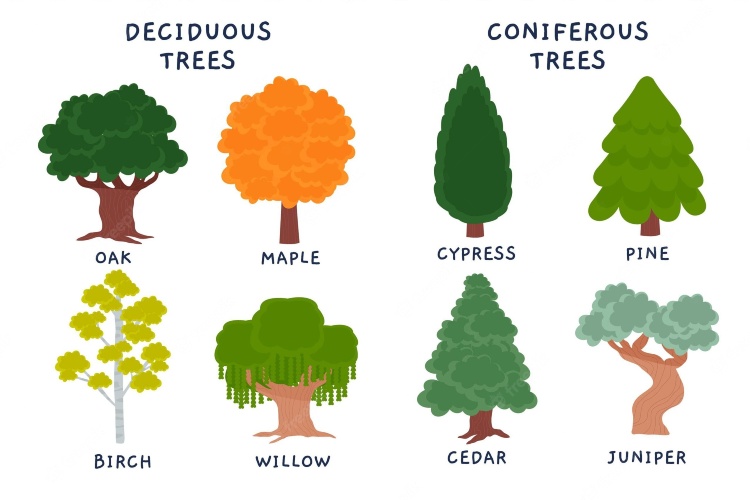|
Getting your Trinity Audio player ready...
|
All About Olive Tree
The olive tree is an evergreen tree known for its long lifespan. Did you know that the olive tree has been used for centuries and is a well-known medicinal plant? They are also used as a homeopathic remedy in modern times. Now let’s discuss this in detail below.
Information About Olive Tree Plant
Olive trees grow best where the summers are long, hot, and dry and the winters are cool and less dry. They are native to the Mediterranean climate. They like very well-drained limestone or limestone soils and tolerate salty coastal locations.
Growing Olive Trees

Think olive trees and imagine the warm, sunny Mediterranean Sea, but olive trees can also be grown in North America. Best suited for areas with high temperatures and lots of suns, the olive tree should be planted outdoors and, once established, will require relatively little maintenance. Olive trees have beautiful silvery leaves that complement many other plantings in the garden but are also grown for their fruits. The fruits of the olive tree can be pressed into oil or dried (in brine) and eaten.
How to Grow Olive Trees

Most olive trees take around three years to mature and start producing noticeable amounts of fruit. It is recommended to increase fruit production, plant more than one variety together with the Olive tree. They like to plant olive trees in well-drained soil in a sunny area of the landscape. It is an evergreen tree that blooms in hot, arid areas and, as such, does not thrive well in wet winter soils. Olive trees are typically bought in 10 cm pots with many side branches and 46 to 61 cm (18 to 24 inches) high, or a 1-gallon pot with a single stem and 4 to 5 feet high. 1.5mm.
Look for actively growing specimens of olive trees with new, soft shoots growing from the shoot tips. The trees are 6 m apart in an olive grove to suit their final size. The distance varies depending on the variety. Dig a hole in an olive jar. Leave the root ball alone except to remove or cut off round roots. Do not add soil, compost, or fertilizer to the newly planted olive tree. Also, avoid adding gravel or a drain pipe. The young olive tree should get used to its soil.
The olive tree is a good source of antioxidants and a host of beneficial compounds that help in boosting your and your family’s immune system and keeping well-being in balance. Do you have an olive tree? Which species? Tell us about your adventures.
How to Care of Olive Tree

Olive Tree Care: Once your olive tree is planted, it is best to provide drip flooding as the tree needs water all day, particularly during the summer months in the initial year. Then, feed the olive tree high-nitrogen compost, conventional fertilizer, or concentrated organic fertilizer when you start to see new growth. For the first four years, cut to a minimum, just enough to keep the shape. After that, a stake in the young olive tree may only have to be sunk against the trunk to increase stability. Olive growers harvest the fruit in September or October for canning, and the berries are left until January or February and then pressed into oil.
Information About Olive Tree Leaves

You can use olive leaves in several ways: to make tea, extract it, or make olive leaf powder. It will help you stay healthy.
Now let’s see how to use olive leaves in different ways.
1. Olive leaf Tea
Olive leaves can be made into a tea by boiling water and adding dried leaves. It tastes similar to green tea, but it is sweeter. To get the benefits, drink two cups a day. You can add ice or even a little sweetener.
2. Olive Leaf Extract
It is obtained from the olive leaves. It contains oleuropein, which has antioxidant and anti-inflammatory properties. This means that it is good for your body and will help you prevent certain diseases like cancer.
3. Olive Leaf Powder
The leaves of the olive tree can be powder. Therefore, it can be added to other foods for easier consumption. It can also be made like a capsule which can be taken as a daily supplement.
Information About Olive Tree Height

The olive tree is 3 to 12 meters (10 to 40 feet) or more and has many branches. Its leathery, lanceolate leaves are dark green above and silvery below and are paired on the branch. The wood is resistant to rot. When the tip dies, a new trunk often emerges from the roots.



